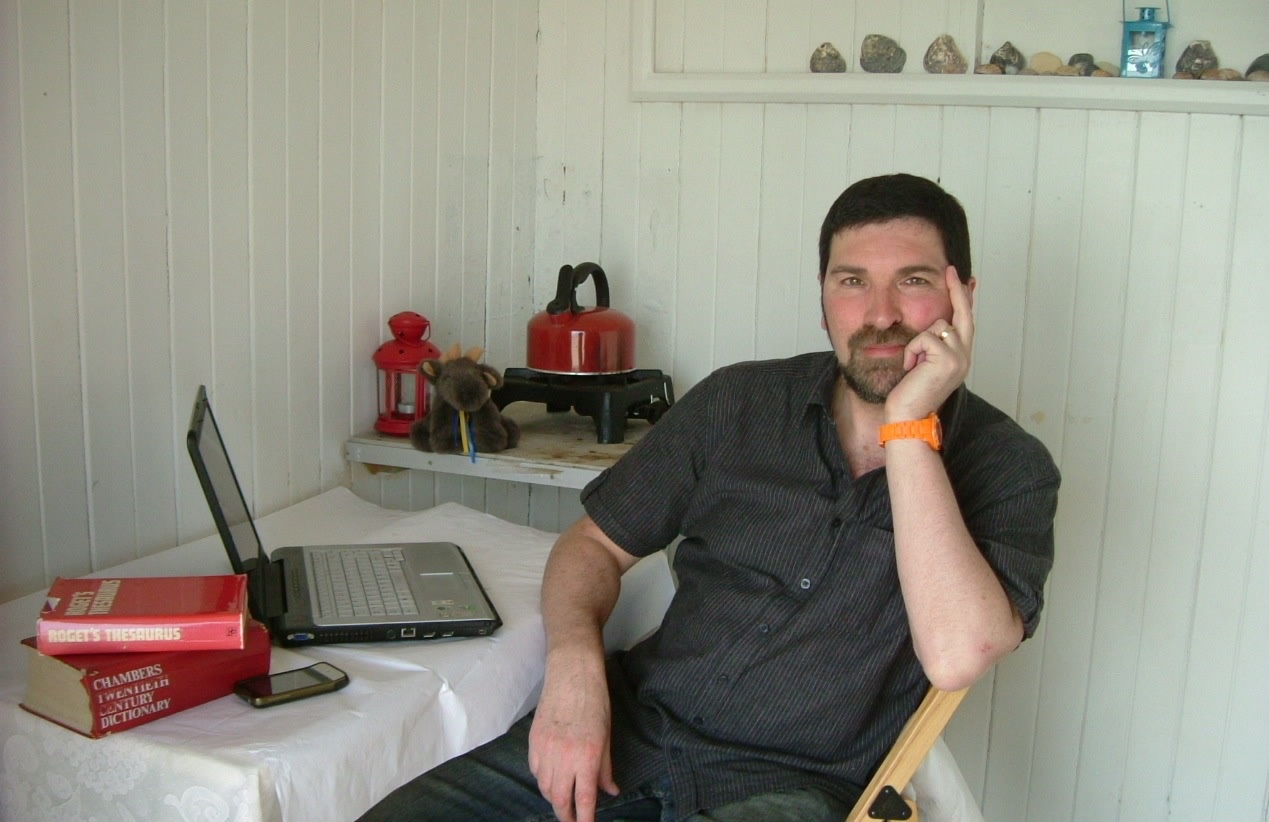Self-Editing
“Self-editing is about understanding common mistakes and fixing them”
While complicated narrative, boring storylines and poor attention to detail are reason enough to earn a rejection letter and returned manuscript from a publisher or literary agent, it’s a basic lack of care towards grammar, punctuation and spelling that invariably lets a writer down.
For some unexplained reason, people just assume they can present anything and it will be accepted, no matter how fundamentally flawed it is. It won’t. Although having a unique idea is half the battle, there is a general rule of thumb which every writer must follow.
While it’s true that not all aspiring authors are blessed with an Eats, Shoots and Leaves capability towards the English language, nevertheless, it should not undermine the availability and ease of using a Thesaurus for words of similar meanings and an Oxford dictionary for defining words, phrases and spelling.
These basic reference writing aids are there for a reason. They’re even on the computer for anyone too lethargic to use a reference book. However – and this is important – although this won’t necessarily make for a more interesting and creative writer, it will certainly make for a better one.
Next time I’ll be looking at plot and structure.













Two other steps, often overlooked, can help to refocus your editor on the really important things. Generate a character or cast list right from the start; and create a style sheet.
If you want your editor to make substantive improvements to your story, make sure he or she doesn’t have to waste time wondering if Tim is actually Tom, or whether Shona and Sheila are the same person. Start a cast list as you write. Put in every name you come up with, and a one-two word description of their relation to the main character. When you’re buried in plot developments it can be difficult if not impossible to remember who the bad guy was, the one you mentioned back in chapter one. Your cast list can save your bacon.
The second step you can take to get more productivity from your editor is to start a style sheet. Again, you can generate it on the fly and refine it later. Not sure if you permit links to other sites, but I wrote a blog post on this subject last year. Your style sheet is the place to note product names mentioned in your book and their correct spelling; the proper treatment of numbers, dates, etc; UK/US spelling, depending on which you use; what style you’re using for some compound words (smart phone or smartphone?), and so on. Again, the idea is to save you time, reduce the confusion in your story, and help your editor. A style sheet tells her immediately what you decided and a global search and replace is all it takes, if you decided wrongly.
Cast lists and style sheets can be your best friends, as well as making sure you get the best value for money from your editor.